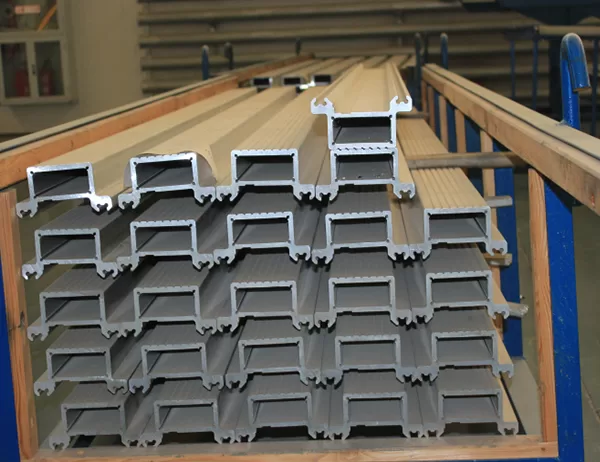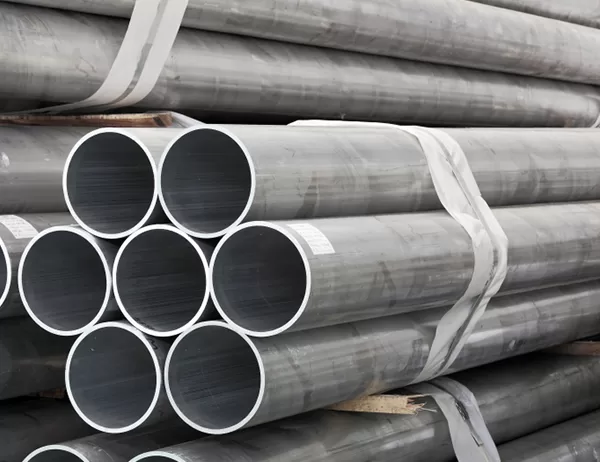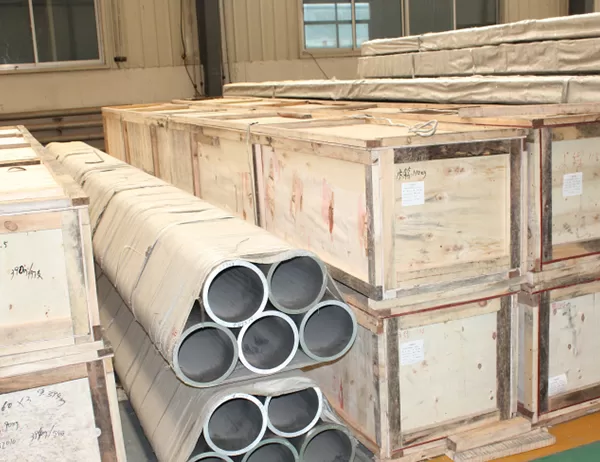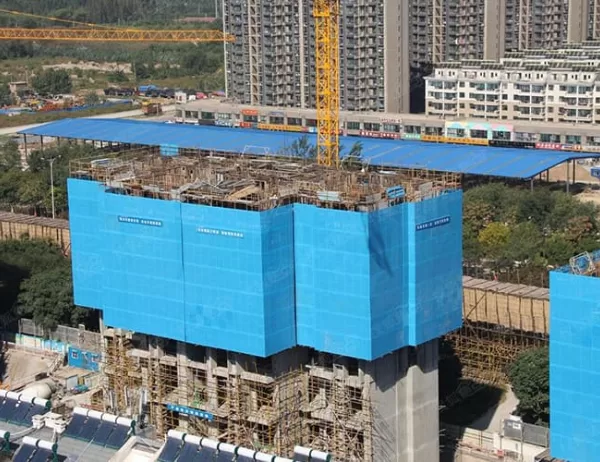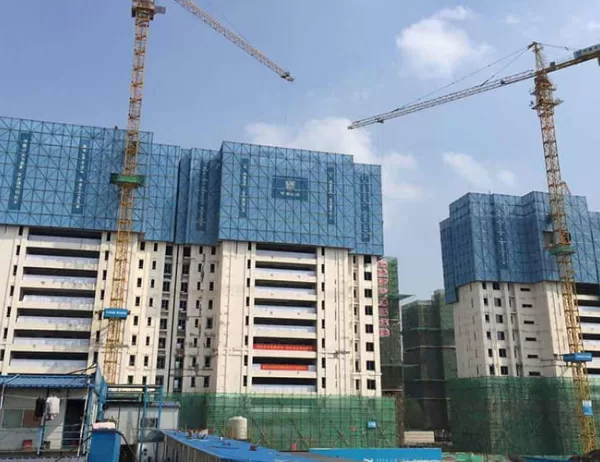The construction industry is constantly evolving, with new materials and technologies emerging to improve efficiency and reduce costs. One such material is polished aluminium angle, which has gained increasing popularity for its exceptional durability, aesthetic appeal, and cost-effectiveness. This article delves into the multifaceted benefits of polished aluminium angle in building projects, highlighting its cost-saving potential.
Durability and Longevity
Polished aluminium angle possesses exceptional corrosion resistance, making it ideal for both interior and exterior applications. Its resistance to fading, oxidation, and wear and tear extends its lifespan significantly, reducing maintenance costs and the need for frequent replacements. Compared to other materials, such as steel or wood, polished aluminium angle offers a longer service life, thus minimizing downtime and the associated costs of repairs.
Aesthetic Appeal
Polished aluminium angle adds a touch of elegance and sophistication to any building project. Its smooth, reflective surface creates a visually appealing finish that complements various architectural styles. Whether used for cladding, canopies, or decorative accents, polished aluminium angle enhances the overall aesthetic appeal of the project without compromising structural integrity.
Cost Savings in Installation
The installation of polished aluminium angle is relatively simple and cost-effective. Its lightweight properties make it easy to handle and transport, reducing labor costs. Additionally, it can be easily attached to various substrates using mechanical fasteners or adhesives, eliminating the need for complex and expensive fabrication techniques. The ease of installation saves significant time and money compared to other materials.
Reduced Maintenance Costs
As mentioned earlier, polished aluminium angle requires minimal maintenance due to its corrosion resistance. Unlike materials that require painting or sealing, polished aluminium angle retains its appearance and integrity over time without the need for frequent touch-ups or repainting. This translates into long-term savings on maintenance costs, freeing up funds for other essential aspects of the building project.
Energy Efficiency
The polished surface of aluminium angle reflects heat, reducing the need for air conditioning in buildings. This energy-saving feature contributes to lower operating costs over the life of the project. By reflecting solar radiation, it helps maintain a comfortable indoor temperature, enhancing occupant comfort and potentially reducing utility bills.
Sustainable Construction
Polished aluminium angle is a recyclable material, reducing its environmental impact. By using polished aluminium angle, construction projects can contribute to sustainable building practices. Its recyclability promotes resource conservation and minimizes waste, aligning with the growing demand for environmentally conscious construction methods.
Conclusion
Polished aluminium angle offers a compelling blend of cost-effectiveness, durability, and aesthetic appeal, making it an exceptional choice for building projects. Its corrosion resistance, ease of installation, low maintenance requirements, energy efficiency, and recyclability contribute to significant cost savings over the project’s lifecycle. By embracing the advantages of polished aluminium angle, construction professionals can enhance the quality, durability, and cost-efficiency of their projects, delivering lasting value to building owners and occupants alike.
